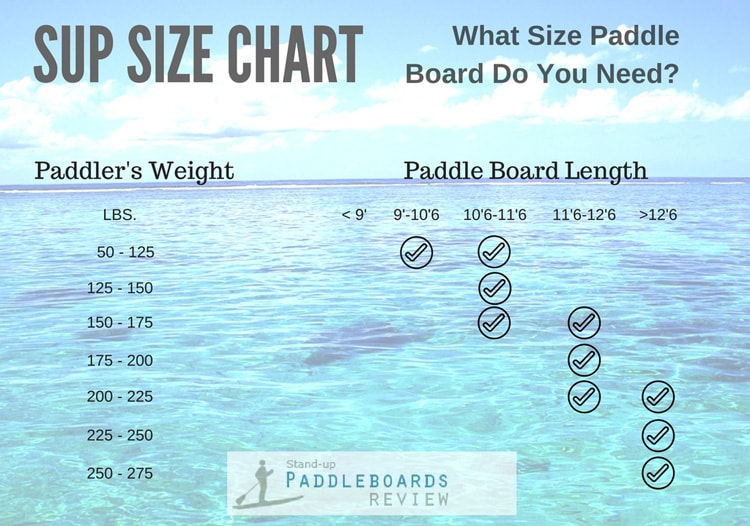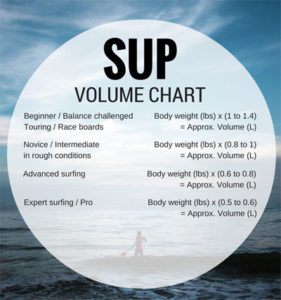One may come cross multiple articles online, if they are looking for the most suitable paddle board for themselves. Immediately it can get confusing, as those articles' claims can be somehow different. They may say there are yoga boards, fishing boards, surf boards, race boards, flat water boards and even kid boards.
Does the name really matter? Not really. Just a rose by any other name. Call it whatever you want, but the most important factors affecting your decision should be the metrics of the board actually. Plus the price.
Now let's talk about them one by one.
Hull
Overall, there are two kinds of hulls on paddle boards:
Planing Hull:
This kind of hull has a round tip, looks like the head of a sperm whale.
It provides better stability, which may be good for newbies.
Displacement Hulls:
This kind of hull has a pointed tip, like a shark's head. It is more efficient than a planing hull as the pointed tip can cut through water, reducing resistance. It is also easier to direct. These features may come in handy in a race, or a crowded canal.
Width
The wider the board, the more stable it is and the more balance it offers. Simple logic, isn't it?
Wide boards are good for recreational leisure. You may want to grab some beer and row to the center of a lake, enjoying sunset with your friends. You may also want to record the views along your journey and moments of your life. You may want to just lie down and sleep away the afternoon, or try out yoga on the flowing current. Do choose a wide board if your main goal is recreational.
For plus-sized paddlers, a wide board is also a good choice.
Length
Length is also an important factor, as it plays a part in the board's buoyancy. The longer the length, the greater the buoyancy. The greater the buoyancy, the shallower the board sinks into the water, and the faster the board may go, since the board will encounter less resistance against water.
Volume
Board volume determines whether the board can float upon water. You need a board that can support you upon water. If you want to carry addition equipment or people/pets on your board, you need to make sure the board's volume is big enough to keep all of you onboard.
Here are some useful charts



